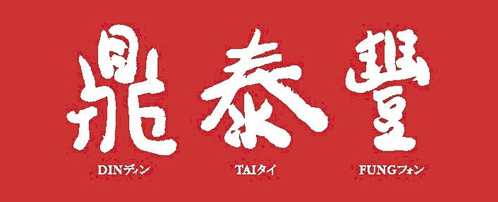“Do you have a book by Richard Phillips titled ‘Rho Agenda’?” A Barnes and Noble is between the bus stop and home. I was curious on what the book really feel like. It does not hurt anybody to take a look, even I have no intention of buying. “Hmm… ‘Immune’?” Answered the girl behind the information counter. “Yes,” I pressed on. “That’s Book Two. The first is ‘The Second Ship'”
The clerk girl gave me a cryptic look, “These books are available only in eBook format.” She offered no more information. This is not exactly her employer’s strong suit.
I was amused. I did not know those are exclusively eBooks. This will be the first time I read a book that does not exist in paper form and they are cheap. I wonder on the economy of publishing exclusively in eBook format.
It turned out both books are availabe in print form, only substantially more expensive. Book One sells at $1 as eBook and $12 in print; Book Two $4 and $14. Wow!
Book One (Second Ship) is a junior SciFi. Easy reading, teenage main characters, well structured and good pace. The story began with two rivaling space ships dueling each others and both fell to the earth with no survivors. As one, the Rho ship, became the true story behind the famous area 51, the other was discovered by three teenagers.
I realized the reason for selling this book for $1: it is not complete by itself. I felt cheated and bought the second book to finish the story. Throughout the second book, I had this dark mood of worrying if he is going to play the same trick to force me to read on. That diminished my enjoyment a bit.

Book Two is more an action fiction than SciFi (techno-thriller?). The plot centered around a professional killer who can somehow anticipate people’s next move. Of course, he and the three kids must save the world. This is the kind of SciFi that have little social agenda. It does not leave you thinking of your lives, the government, or other deep topics. It is like a Jackie Chan movie that provided good entertainment and will be forgotten minutes after you walk out of the theater.
There is one serious thought, weakly covered, on the role of diseases as a population control mechanism. If the world is rid of all diseases, humanity will actually collapse from lack of resources to sustain the explosive increase of population. For this reason, we should thank AIDS or other pandemic diseases to control the world population, because the only other alternatives will be wars or worse brutality.
Since they are eBooks, there seems no point showing the book covers. Mr. Richard Phillips studied Physics in college and was a military ranger. That explains the good writings on sub-space, GPS technologies, encryption, programming, and worm holes. It also explains the good scenes on military attacks and maneuver. Those technical details were really delightful.






